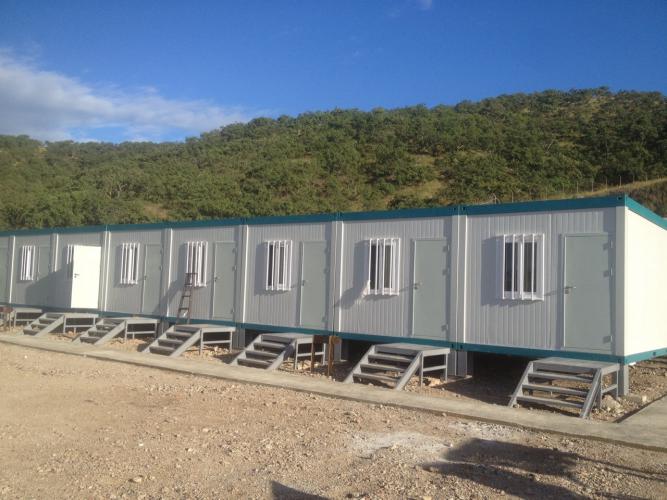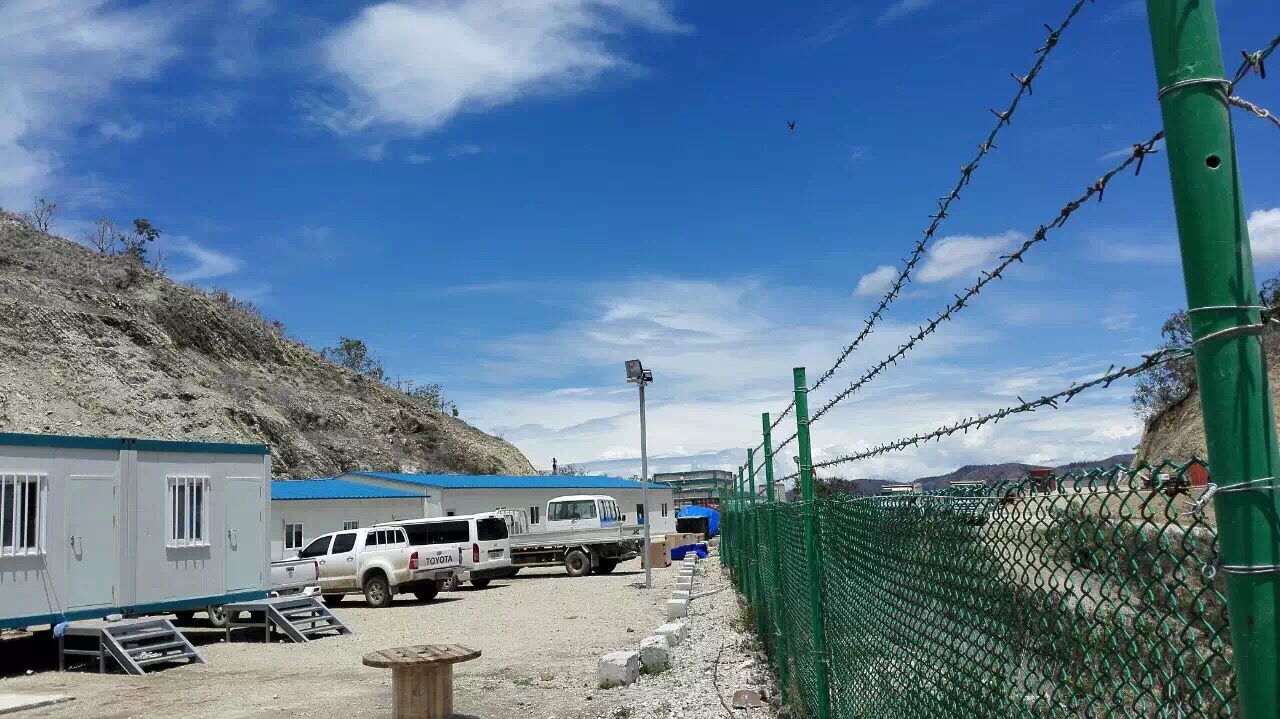Introduction
As the world grapples with climate change, urbanization, and rising housing costs, the way we build and live is under intense scrutiny. Traditional construction methods—characterized by long timelines, high waste, and heavy carbon footprints—are no longer sustainable in today’s context. Enter the sustainable prefab house, a solution that blends affordability, speed, and eco-friendliness into one revolutionary housing model.
A sustainable prefab house is more than a residence—it’s a symbol of how modern technology, design innovation, and environmental responsibility can converge to create homes that are stylish, efficient, and kind to the planet. Built in controlled factory settings, prefab houses minimize waste, utilize renewable materials, and are designed with energy efficiency in mind. Once delivered to the site, they are rapidly assembled, cutting down on the environmental impact of prolonged construction projects.
This article explores the rise of the sustainable prefab house, its benefits, challenges, market trends, and its role in shaping the future of green housing.
What is a Sustainable Prefab House?
A sustainable prefab house is a prefabricated home designed with eco-friendly principles in mind. While traditional prefab homes focus on speed and affordability, sustainable versions incorporate green materials, energy-efficient designs, renewable energy systems, and long-term durability. They are engineered not just to provide shelter, but to reduce carbon footprints throughout their lifecycle—from material sourcing to assembly, operation, and even disassembly or recycling.
Key elements of a sustainable prefab house include:
Eco-materials: Recycled steel, bamboo, FSC-certified timber, and low-VOC finishes.
Energy efficiency: High-performance insulation, passive solar design, and airtight construction to minimize heating/cooling needs.
Renewable energy integration: Solar panels, wind turbines, or geothermal heating systems.
Smart design: Compact layouts, modular adaptability, and integration with smart home technologies.
Why Sustainable Prefab Houses Are Rising in Popularity
1. Environmental Responsibility
Traditional construction generates up to 40% of global carbon emissions and nearly 30% of all waste. Sustainable prefab houses help address these issues by reducing construction waste by 50–90% and cutting operational energy demands by as much as 60%.
2. Affordability with Sustainability
Contrary to the misconception that green housing is expensive, sustainable prefab houses balance affordability with eco-conscious living. By using factory automation, bulk procurement, and standardized production, manufacturers lower costs while still maintaining sustainable practices.
3. Speed and Efficiency
A sustainable prefab house can be completed in a fraction of the time compared to traditional construction. Factories operate year-round regardless of weather, and the assembly process on-site may take just weeks. This efficiency not only saves time but reduces prolonged environmental disturbance.
4. Design Aesthetics and Flexibility
Modern sustainable prefab houses are sleek, stylish, and highly customizable. Whether it’s a minimalist tiny home in the city, a family villa in the suburbs, or an off-grid cabin in the mountains, prefab designs offer flexibility in size, layout, and finish—all while maintaining sustainability standards.
5. Durability and Climate Adaptability
Designed to withstand hurricanes, floods, earthquakes, and extreme temperatures, sustainable prefab houses often surpass traditional homes in resilience. With climate change leading to more severe weather events, their robust designs are more relevant than ever.
Case Studies of Sustainable Prefab Houses
Ecocapsule (Slovakia)
The Ecocapsule is a futuristic, egg-shaped prefab unit powered by solar and wind energy. Compact yet functional, it represents the possibilities of fully off-grid sustainable living in a portable prefab house.
Plant Prefab (United States)
Plant Prefab focuses on custom, sustainable prefab homes with LEED certification and net-zero energy options. Their factory process reduces construction waste by over 75%, setting a benchmark for eco-friendly housing.
Koto Design (United Kingdom)
Koto creates modular prefab houses inspired by Scandinavian minimalism. Using sustainable timber and passive solar designs, these homes are both stylish and environmentally responsible.
Big Box (China)
Big Box modular homes incorporate advanced insulation, recycled steel, and renewable energy systems, offering scalable housing solutions for both urban and rural markets. They exemplify how sustainable prefab houses can serve diverse global needs.
Market Trends and Growth Potential
The sustainable prefab housing market is expanding rapidly. Analysts project that the global modular construction industry will double in value by 2034, with sustainability driving much of the growth. Urban populations, especially in Asia and Africa, face pressing housing shortages, while developed countries in Europe and North America are increasingly enforcing green building codes.
Government initiatives also play a major role. For example:
Europe: The EU’s “Green Deal” promotes energy-efficient buildings, accelerating demand for prefab eco-homes.
United States: States like California are mandating net-zero homes, boosting the sustainable prefab house industry.
China and India: With massive urbanization, prefab solutions are being adopted for both affordable housing and green city initiatives.
Challenges Facing Sustainable Prefab Houses
Perception and Awareness
In some regions, prefab houses still carry the stigma of being temporary or low-quality. Overcoming this perception requires showcasing their durability, design quality, and sustainability benefits.
Initial Investment Costs
Although prefab homes are generally affordable, incorporating sustainable technologies like solar panels or advanced insulation can increase upfront costs. However, these are often offset by long-term savings in energy bills.
Regulatory Barriers
Zoning laws, building codes, and local regulations sometimes lag behind prefab housing innovations, creating delays in approvals.
Financing Hurdles
Traditional mortgage systems are not always designed for modular or prefab structures. As the industry matures, financial institutions need to adapt to these emerging housing models.
The Future of Sustainable Prefab Houses
The sustainable prefab house is more than a passing trend—it is the future of residential construction. Several innovations are likely to accelerate adoption:
3D Printing in Prefab: Combining 3D printing with prefab will allow mass production of eco-friendly homes at unprecedented speed and affordability.
Smart Home Integration: Energy monitoring, water-saving systems, and AI-driven climate controls will become standard.
Circular Economy Models: Prefab homes designed for easy disassembly, relocation, and recycling will ensure minimal waste at end-of-life.
Off-Grid and Net-Zero Designs: As renewable energy becomes more affordable, more prefab houses will be self-sustaining, independent of traditional utilities.
Conclusion
The sustainable prefab house is more than just a housing solution—it is a blueprint for responsible, future-ready living. Combining speed, affordability, durability, and environmental stewardship, these homes are poised to reshape global housing markets. Whether addressing affordable housing shortages, meeting green building mandates, or catering to eco-conscious homeowners, sustainable prefab houses offer unmatched potential.
As technology advances and awareness grows, the stigma around prefab homes is quickly disappearing. In its place emerges a vision of stylish, efficient, and sustainable living that works in harmony with the planet. For individuals, families, and communities worldwide, the sustainable prefab house is not just the home of the future—it is the home of today.


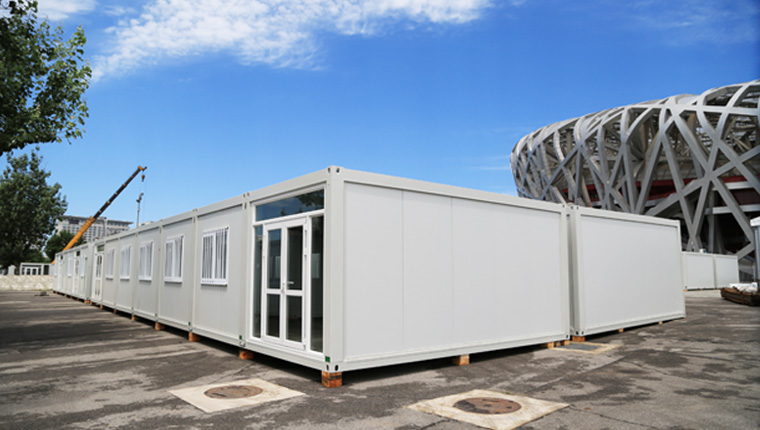
More
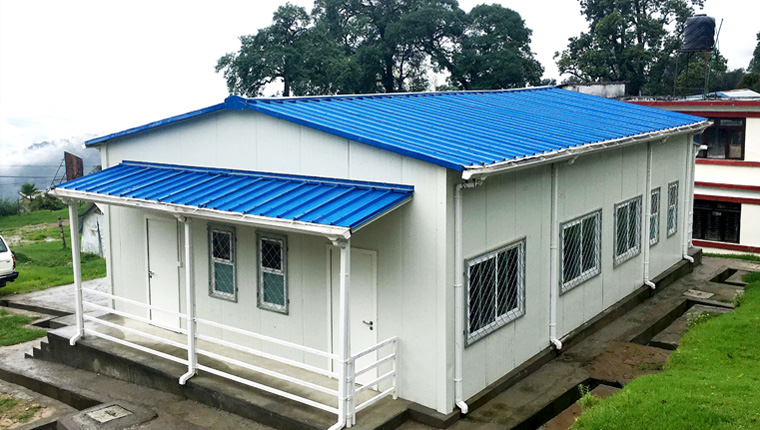
More
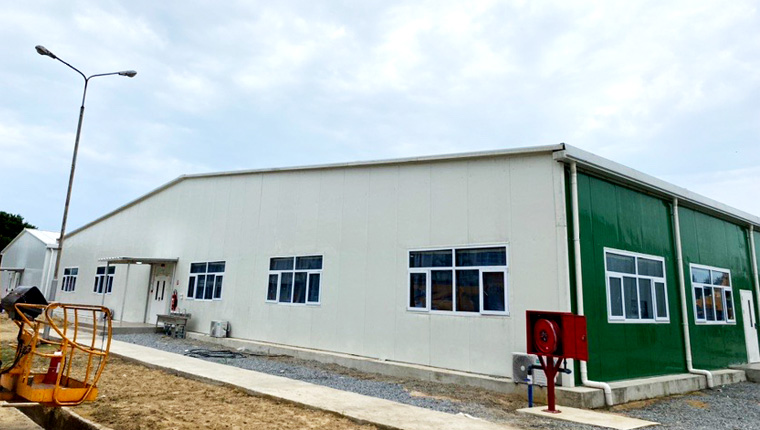
More
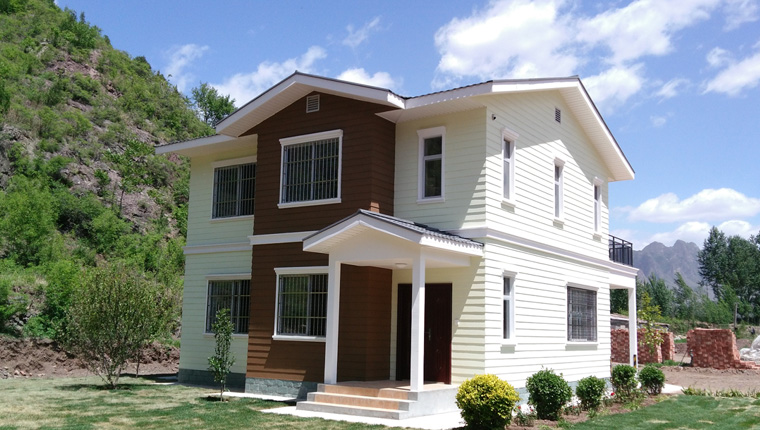
More
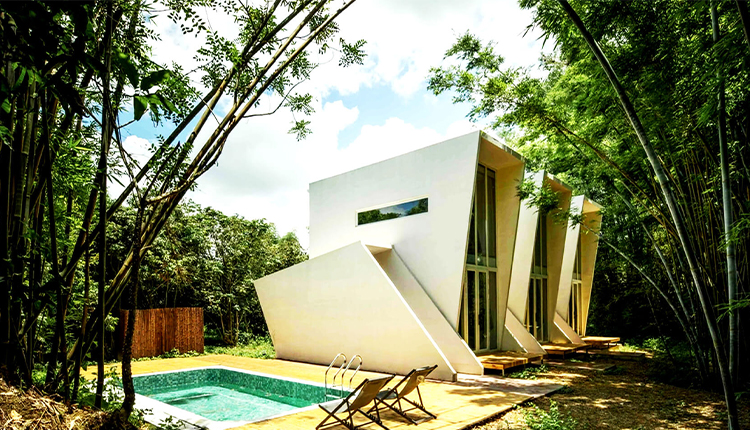
More
Learn More
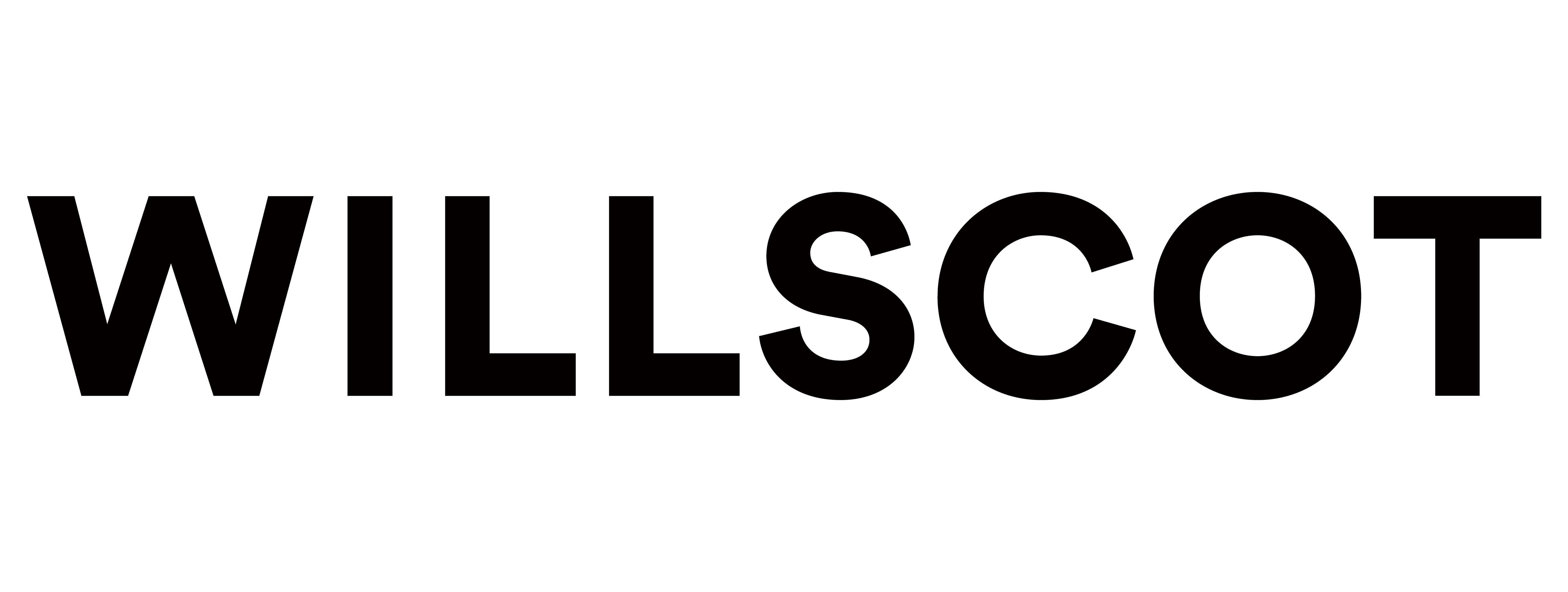

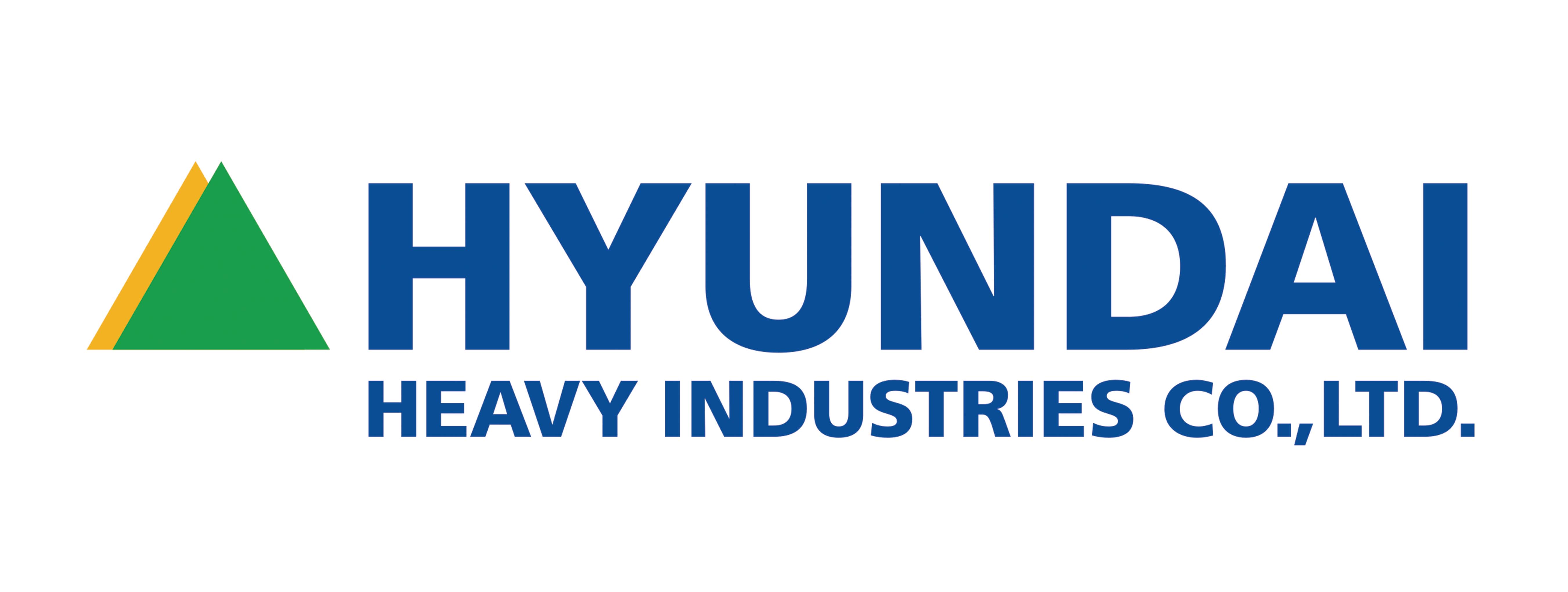
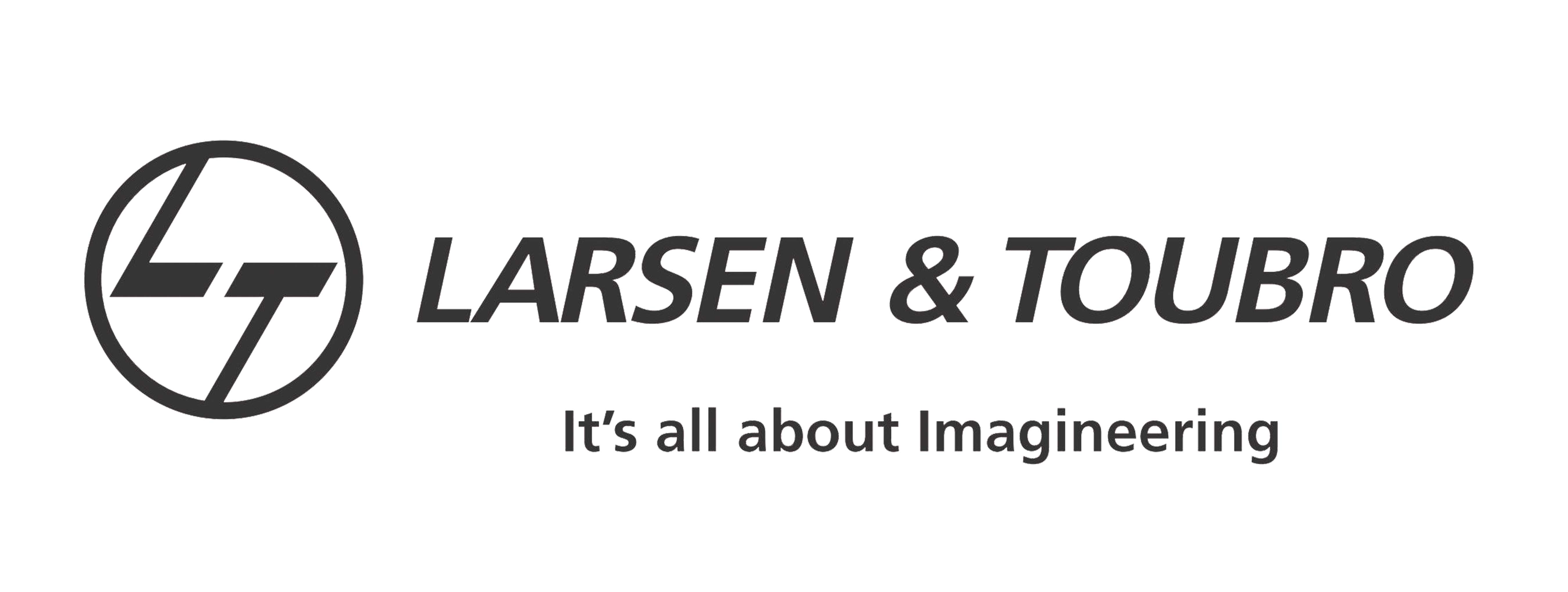





















![Top Advantages of Modular Construction Explained [2025]](/uploads/upload/images/20250424/0fb390068474145a09a8c0504c73b1d2.png)
